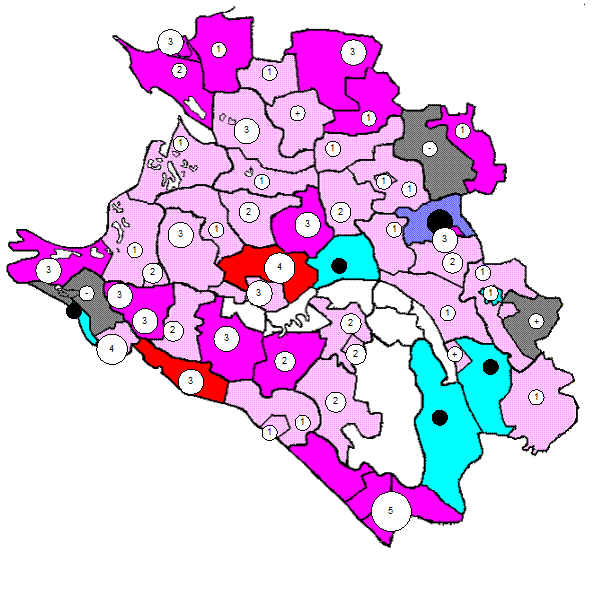The system of higher education in the USA
1. Compose 10 questions you expect the text to provide answers to. There is no national system of higher education in the United States. American higher education developed its own pattern by the adaptation of two traditions: the collegiate tradition of England and the university tradition of the Continent. Higher education is given in colleges and universities. There are over 2100 various higher educational institutions including colleges, technological institutes and universities. There are about 3,000 colleges and universities, both private and public, in the United States. Students have to pay to go both private and State universities. Private universities are generally smaller but very expensive, which means that the tuition fees are extremely high. State colleges and universities are not that expensive, the tuition fees are usually lower, and if the students are State residents, they pay much less. Every young person who enters a higher educational institution can get financial assistance. If a student is offered a loan, he should repay it (with interest) after he has left the college. Needy students are awarded grants which they do not have to repay. Scholarships are given when a student is doing exceptionally well at school. American universities and colleges are usually built as a separate complex, called “campus”, with teaching blocks, libraries, dormitories, and many other facilities grouped together on one site, often on the outskirts of the city. Some universities are comprised of many campuses. All the universities are independent, offering their own choice of studies, setting their own admission standards and deciding which students meet their standards. The greater the prestige of the university, the higher the credits and grades required. The terms “college” and “university” are often used interchangeably, as “college” is used to refer to all undergraduate education; and the four-year undergraduate program, leading to a bachelor’s degree, can be followed at either college or university. Universities tend to be larger than colleges and also have graduate schools where students can receive post-graduate education. Advanced or graduate university degrees include law and medicine. Most colleges and universities undergraduate courses last for four years. During the first two years students usually follow general courses in the art or sciences and then choose a major – the subject or area of studies in which they concentrate. The other subjects are called minors. Credits (with grades) are awarded for the successful completion of each course. These credits are often transferable, so students who have not done well in high school can choose a junior college (or community college), which offers a two-year “transfer” program preparing students for degree-granting institutions. Community colleges also offer two-year courses of vocational nature, leading to technical and semi-professional occupations, such as journalism. The student’s progress is evaluated by means of tests, term works and examinations. The student’s work is given credits, usually on a five point scale. Letters indicate the level of achievement: “A” is the highest mark and “F” is the worst (the lowest) one. There are no final examinations at colleges and universities, and students receive a degree if they have collected enough credits in a particular subject. The traditional degree which crowns the undergraduate course is that of a Bachelor of Arts (B.A.) or a Bachelor of Science (B.C.) The lower level of graduate school is for obtaining the Master’s Degree (M.A. or M.C.), and the upper level is for the degree of a Doctor of Philosophy (Ph.D.) 2. Scan the text and answer your own questions from ex.1. 3.Decide if the sentences (1-8) below are true or false. The system of university education in the US is centralized. T\F There is no difference between private and State universities. T\F A University course usually lasts for four years. T\F
|




